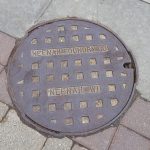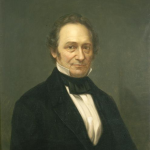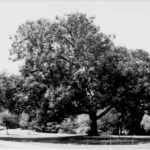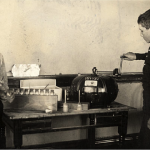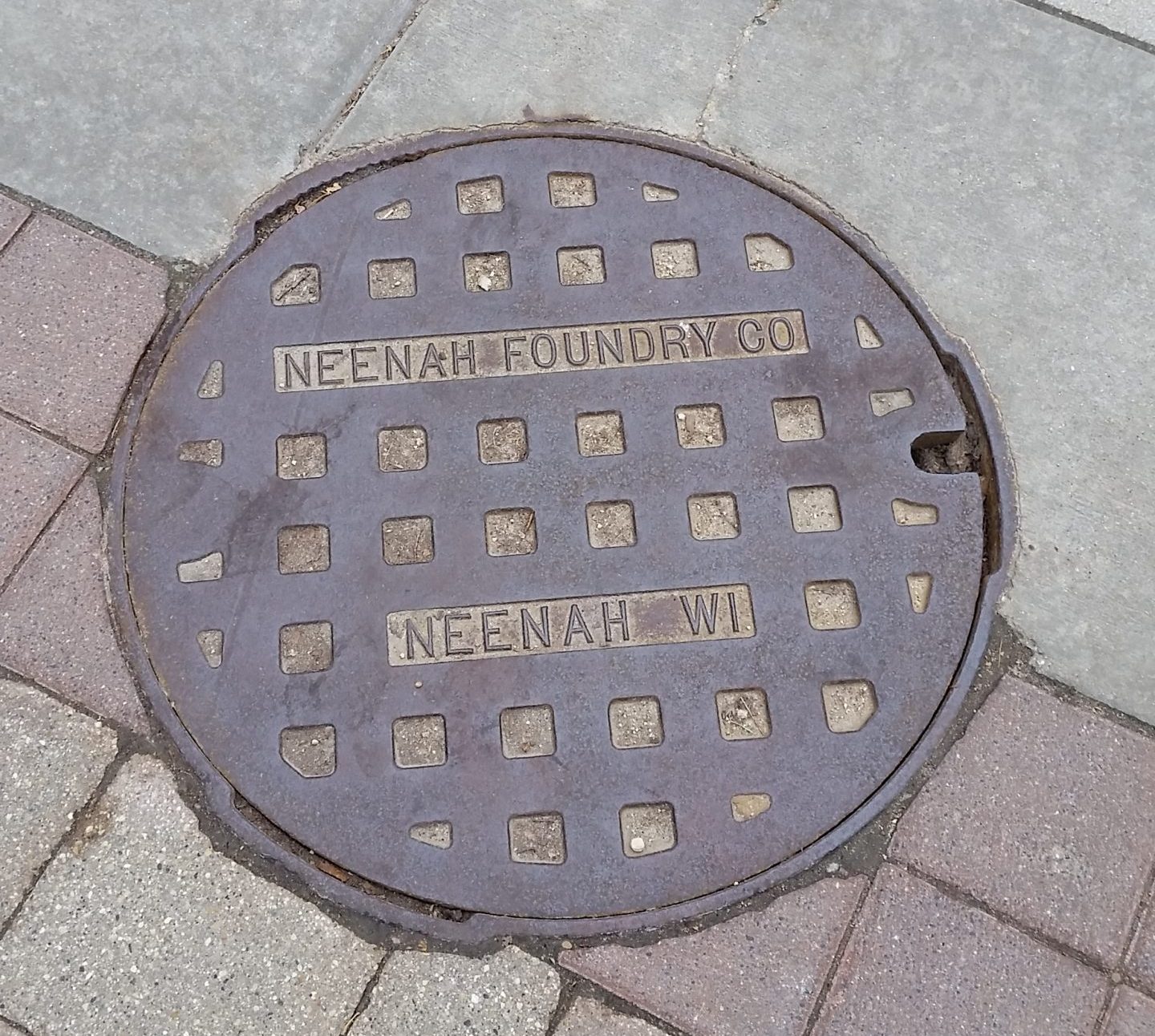
Over the past 45 years, there has been a growing worldwide fascination and appreciation for the beauty and craftsmanship of manhole covers. Some enthusiasts even created a subreddit aptly titled, Manhole Porn: Sewer covers in all their glory!, celebrating this ubiquitous iron object.
In her seminal book Manhole Covers (1974), Author Mimi Melnick documented the designs of manhole covers and the history of the foundries beginning in the mid-nineteenth century. This led her to examine its utilitarian design and develop an aesthetic appreciation for the industrially produced iron discs. Her book and passion even led to a preservation project in Los Angeles in 1985 where the city council declared the city’s manhole covers historic artifacts that were to be preserved and protected.[1]
There are a number of signs to “read” manhole covers. For example, manhole covers produced in the 1840’s had raised surface textures to accommodate horse hooves.[2] More recently utility companies use manhole cover surface designs to indicate the utility type. For instance, a waffle design indicates sanitation, a hexagonal design indicates phone utilities, and a basket weave pattern indicates access to power utilities.[3]
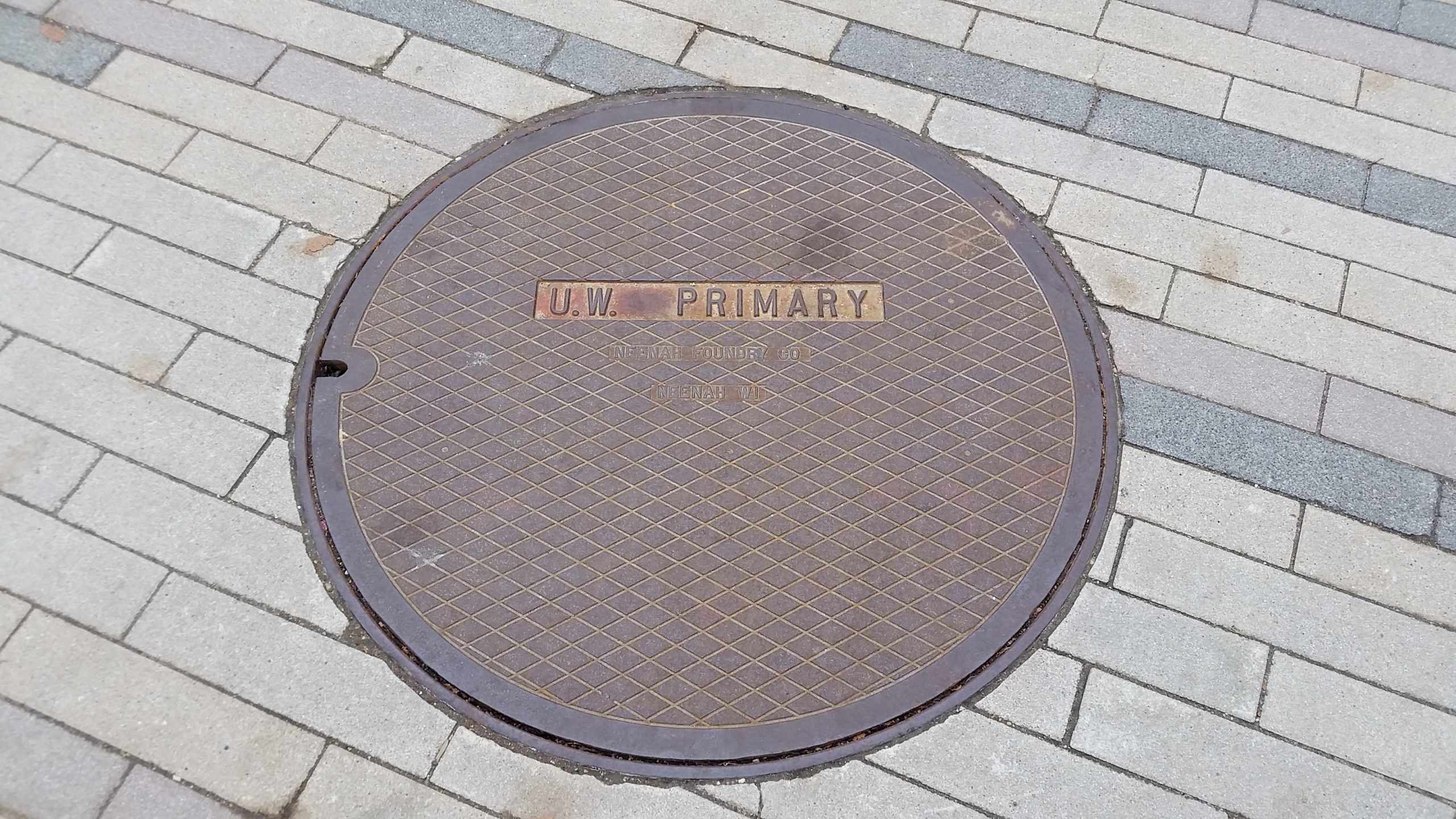
With little cataloguing of vintage manhole cover designs, the history and age of these objects lie almost exclusively ties between their designs and popular architecture of the time. Despite having roots in the industrial era and utilitarian function, manhole cover surface designs often followed popular architecture styles such as Victorian, Art Nouveau and Art Deco.[4]
With increasing popular interest in early industrial design, cities around the world commission foundries to produce contemporary ornamental manhole cover designs. The largest manhole cover producer in the country is still the Neenah Foundry, in Neenah, Wisconsin, which currently supplies manhole covers to all 50 states and 17 countries.[5]
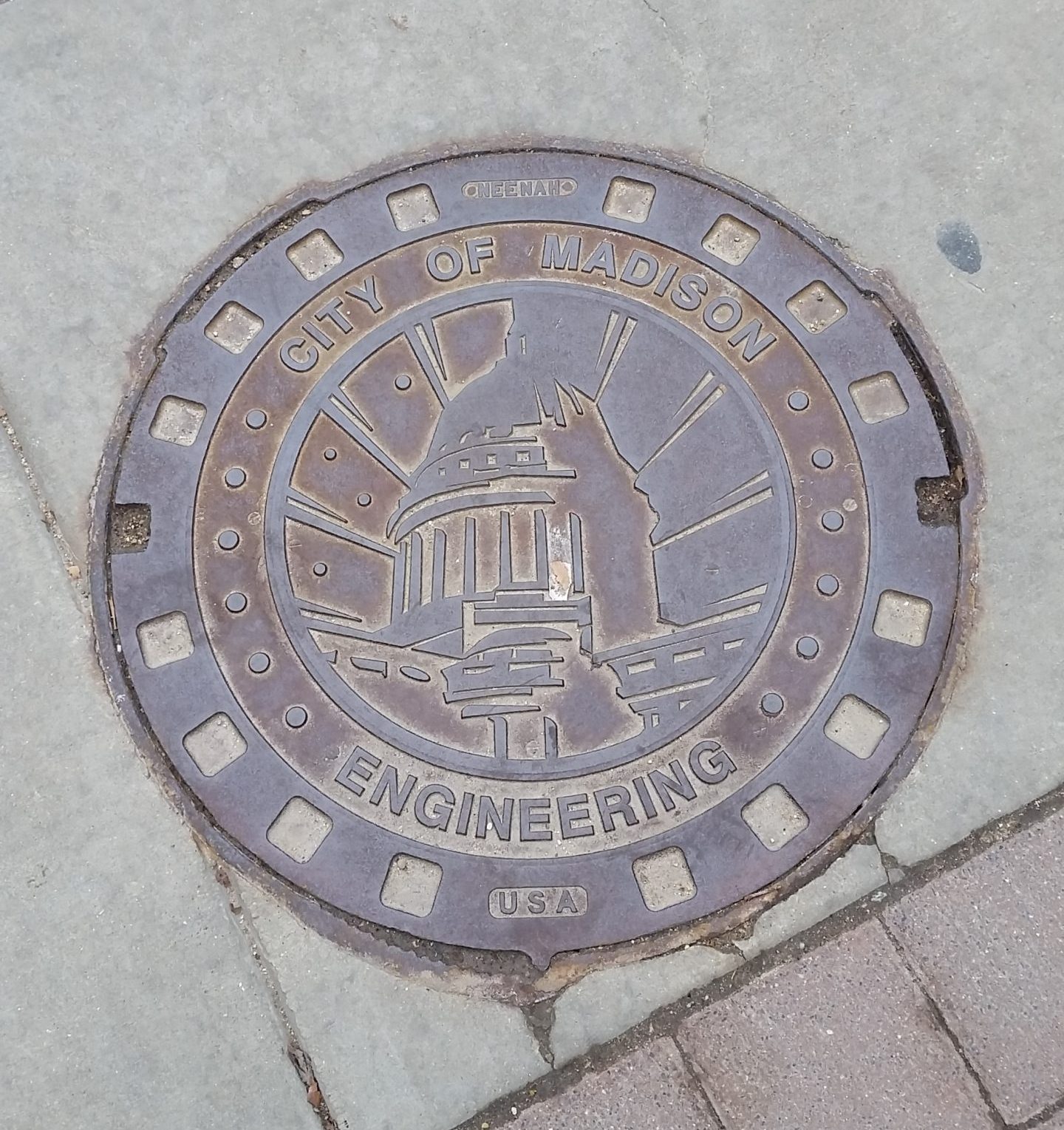
The foundry also supplies a significant portion of the over 16,000 covers in Wisconsin’s capital city. In 2006, the City of Madison began working with the design firm, ZD Studios, to create a manhole cover design reflective of the city. They chose a design with the Capitol dome dividing night and daytime skies.[6] You can find the covers along the streets of University Avenue, State Street, Capital Square, and throughout the UW-Madison Campus. The city plans to continue replacing old and worn out covers throughout the city with the new signature design. The new manhole covers are not only a creative approach to a seemingly utilitarian object, but also unique to the City of Madison, squarely planting Neenah Foundry’s one hundred and fifty-year tradition beneath our feet.
Written by Keith Kaziak, September 2021.
FOOTNOTES
[1]Mimi Melnick, Manhole Covers (Cambridge, MA: MIT Press, 1994): xiv.
[2] Ibid, 2.
[3] Ibid, 11.
[4] Ibid, 3.
[5] Shane Nyman, “Manhole Cover Madness: What to Expect at Neenah’s Newest Celebration,” Appleton-Post Crescent, (September 6, 2018). Accessed September 1, 2021 https://www.postcrescent.com/story/entertainment/2018/09/06/neenah-manhole-cover-madness-what-expect-inaugural-celebration/1193195002/.
[6] Jay Rath, “New manhole covers make mark in Madison,” Wisconsin State Journal (September 20, 2006). Accessed September 1, 2021 at https://madison.com/news/public-works-public-art-madison-s-new-manhole-covers-beautify/article_5210e15f-d156-5ffb-a938-b4aa73e541cb.html.
RELATED STORIES
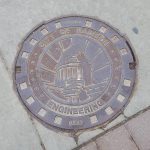
OBJECT HISTORY: Neenah Foundry Manhole Cover

An Iron Kinship: Abraham Darby and William Aylward Sr.
